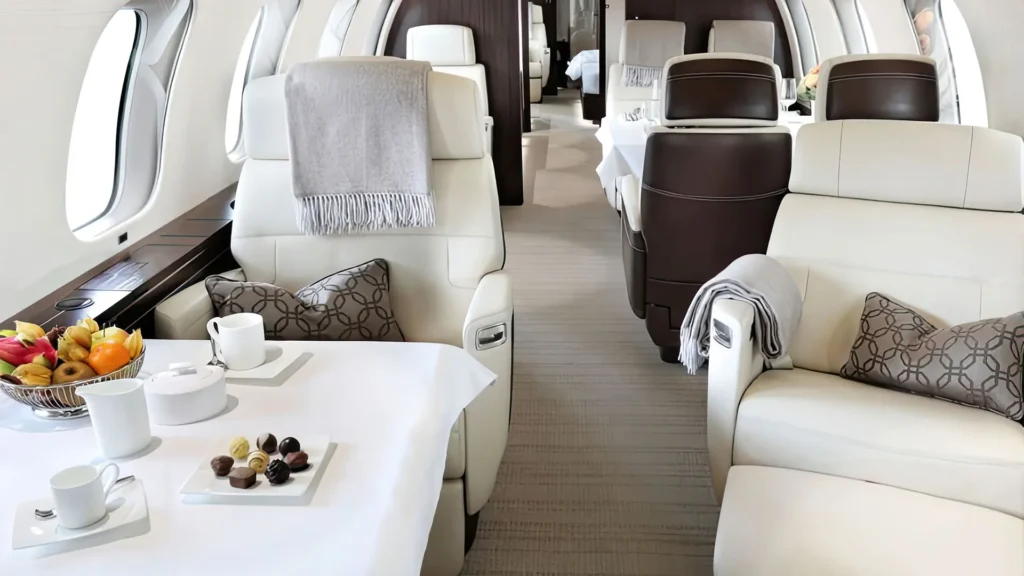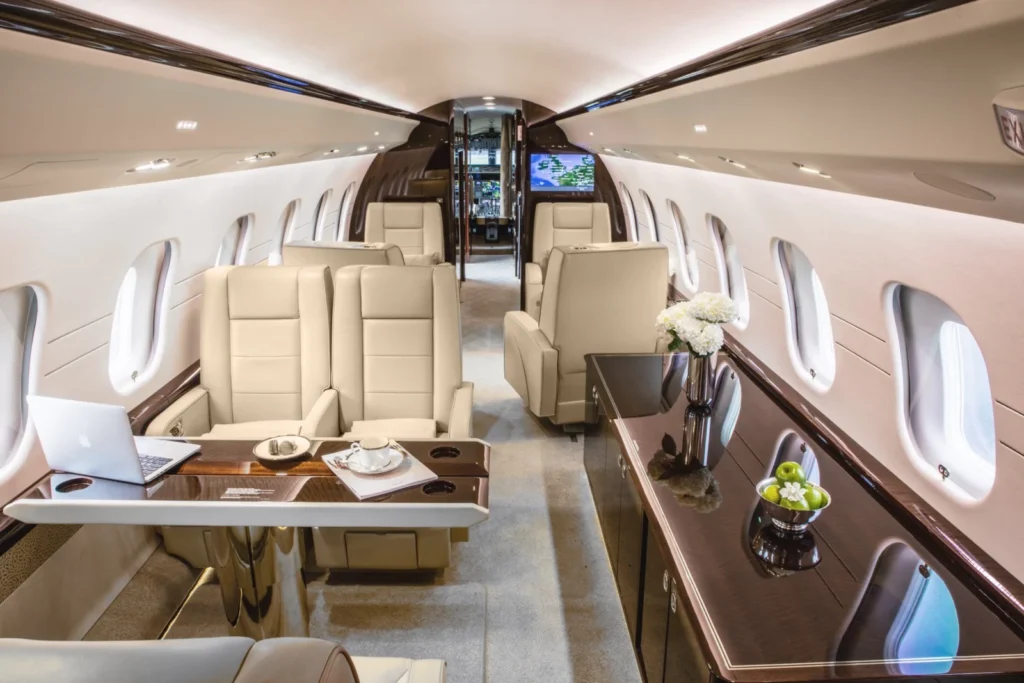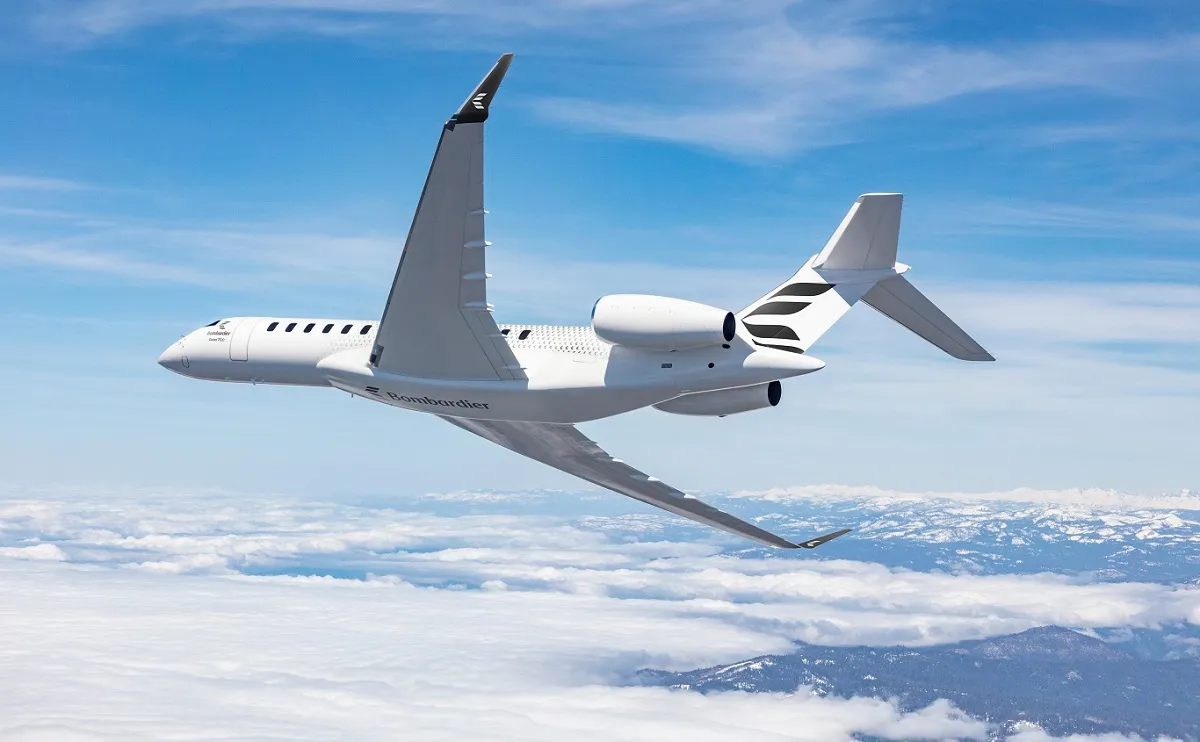In today’s fast-paced world, time is money, and nowhere is this more true than in the corporate landscape. When every meeting, pitch, or site visit matters, traditional air travel often gets in the way. Corporate jet charter has emerged as a powerful solution for companies aiming to stay competitive while optimizing every moment of the workday. With the ability to skip inflexible flight schedules, businesses can reach their destinations faster and with less hassle. This kind of travel is strategic. Executives can plan trips on their own terms, respond to time-sensitive opportunities, and arrive at meetings refreshed and ready to lead. More companies are now recognizing this shift as essential to staying agile in a global economy.
Comparing Private Business Flights vs. Commercial Travel
Door-to-Door Time Compression
Commercial airline schedules are fixed and often rigid, making them incompatible with the spontaneous nature of business demands. Private business flights offer unmatched flexibility, enabling companies to create personalized itineraries tailored to their own timelines. Executives can depart when they’re ready and arrive closer to their final destination. This control over departure and arrival windows helps minimize the need for overnight stays or wasted time waiting at the gate.
Eliminating Layovers
Flight delays and layovers can disrupt tight schedules and even jeopardize high-stakes meetings. Business travel flights eliminate those uncertainties by eliminating unnecessary stops and drastically reducing travel time. Without the stress of layovers or overbooked flights, executives maintain control over their schedule. In high-pressure environments, that level of certainty is invaluable. Even small delays in commercial travel can result in missing key moments that impact business outcomes. Chartering a private jet ensures smoother transitions from one location to the next, keeping the team better prepared for what’s ahead.

Secondary Airport Access Near Key Business Sites
Access to smaller regional airports is one of the most overlooked advantages of executive private jet travel. While major airlines are limited to primary hubs, private jets can land at thousands of smaller airfields, which are often much closer to your actual meeting locations. This can significantly reduce ground transportation time, keeping travel days short and productive. Many client headquarters are located far from international airports. Being able to fly into a nearby secondary airport often means arriving just minutes from your final destination.
Making Same-Day Multi-City Travel a Reality
For executives juggling multiple meetings across cities or even states, same-day travel is often a necessity. With corporate flight booking, your schedule is no longer at the mercy of commercial airline routes or availability. You can attend a breakfast meeting in one city, a lunch negotiation in another, and return home by evening. This level of access transforms how companies handle executive outreach.
Cabin as a Mobile Boardroom: Work While You Fly
Private Jet Features
Staying productive is a requirement when professionals travel. Business aviation solutions offer a fully equipped workspace that lets you get ahead before your wheels even touch down. Here are a few standard productivity-enhancing features found on modern corporate jets:
- High-Speed Wi-Fi: A strong internet connection is essential for maintaining momentum during business travel, and modern private jets now offer high-speed Wi-Fi comparable to terrestrial networks. Private jets provide broadband-level access, supporting video conferencing, large file transfers, and collaboration through cloud platforms. This allows professionals to join real-time meetings without delay. Some systems even provide virtual private network (VPN) compatibility, enabling encrypted communication for sensitive data. With uninterrupted internet access, business doesn’t pause when the aircraft lifts off.
- Convertible Seating: Private jets often feature convertible cabin designs that transition from traditional rows of seating to conference-style layouts, facilitating collaboration in the sky. These flexible seating arrangements allow passengers to rotate, recline, or gather face-to-face around a table. These spaces feel more like high-end boardrooms than airplane cabins, offering the privacy and comfort needed for meaningful dialogue. Executives can spread out documents or sketch out project timelines without feeling cramped or distracted. Some aircraft even include modular furniture that can be repositioned to suit different group sizes or meeting styles.
- Charging Access at Every Seat: One of the most practical but essential features in private jets is access to continuous power. Each seat is typically equipped with USB ports and universal power outlets, enabling passengers to charge laptops, phones, tablets, or other devices throughout the flight. This eliminates the need to conserve battery life or rotate charging turns, common frustrations on commercial flights. Having full charging access means passengers can rely on their devices for the duration of the trip, whether they’re editing large files, running analytics tools, or attending back-to-back virtual meetings. Some jets even include wireless charging pads integrated into armrests or tables for added convenience. This seemingly simple amenity plays a vital role in maintaining productivity, particularly on longer flights or tight travel schedules where layovers and delays can drain devices before reaching the destination.
- Dedicated Workspaces: Thoughtfully designed spaces offer ample room for laptops, printed materials, and collaborative tools, allowing teams to engage in meaningful work without spatial constraints. Unlike fold-down tray tables on commercial flights, these setups are built for functionality. These environments help replicate the feel of an executive office at 40,000 feet. Passengers can spread out materials, plug in multiple devices, and stay organized during the flight.
- Noise Reduction and Private Zones: Concentration can be difficult when ambient noise and distractions are constant, but many modern jets now prioritize sound control as part of their productivity features. In larger aircraft, private zones can also be created with sliding doors or divided cabin layouts, allowing individuals or subgroups to work without interruption. These quiet environments foster sharper thinking and reduce fatigue, especially on long-haul flights where sustained focus is critical.
As remote work and global collaboration continue to rise, private aviation is quickly becoming a strategic asset for those who treat efficiency as a non-negotiable.

Team Travel and Onboard Strategy Sessions
Traveling as a group often unlocks new levels of cohesion and idea-sharing. A private jet for corporate travel creates a space where executive teams can align their goal and troubleshoot projects in transit. This shared space encourages better planning and faster consensus. Onboard collaboration can spark creative solutions or last-minute adjustments that change the trajectory of important meetings.
Understanding Private Jet Pricing for Corporate Travel
Breaking Down the Total Private Jet Price Structure
There is a clear structure behind the numbers when flying privately. It’s essential to understand what’s included. Expenses typically account for aircraft type, flight distance, airport fees, crew wages, fuel charges, and handling services. Larger jets with extended range and advanced features will naturally cost more, while light jets designed for shorter trips are more budget-friendly. Additional costs may include de-icing or repositioning fees. Knowing these elements helps ensure accurate planning and more intelligent financial decisions before booking. One way to improve cost efficiency without compromising on experience is by capitalizing on discounted routes. Companies exploring private plane rental can often save substantially by booking “empty leg” flights. These flights are offered at lower prices and can be ideal for flexible travel needs. Another option is sharing flight segments with affiliated businesses or partners traveling to similar destinations.
Comparing On-Demand Charter, Jet Cards, and Fractional Shares
Different pricing models cater to different travel patterns. On-demand charter services work best for those with occasional or irregular trips, while jet cards offer fixed hourly rates and guaranteed availability for frequent flyers. Fractional ownership, where companies invest in a portion of an aircraft, is suited to businesses with high-volume travel demands. These options offer flexibility based on frequency, location, and company goals. Choosing the proper structure for charter airlines depends on how much control and commitment the business is ready to take on.
Aligning Capital Commitments with Budget
Selecting a cost model is also about scaling efficiently. Companies looking into corporate flight options should evaluate how projected travel volume aligns with long-term budget goals. Consistent routes to the same cities may justify a jet card or fractional share. Others may need to keep capital free by relying on flexible charters. The key is understanding what model delivers value without overcommitting resources.
Safety, Compliance, and Travel Experience Excellence
Vetting Business Jet Charters
Before choosing a charter provider, safety should always be the top consideration. Here are several things to check:
- Understanding ARGUS and Wyvern Safety Certifications: ARGUS (Aviation Research Group United States) and Wyvern are two of the most recognized third-party safety auditors in the aviation industry. Their certifications are not easily obtained, requiring rigorous background checks, operational audits, and continual data monitoring. When vetting a charter service, first confirm whether the provider holds a current certification from one or both organizations. ARGUS-rated operators are categorized into levels such as Gold, Gold Plus, or Platinum, while Wyvern-authorized operators meet strict requirements for crew experience, operational history, and safety practices. Requesting documentation to confirm the validity and status of these certifications is an essential first step in ensuring the operator adheres to industry-leading safety standards.
- Reviewing Pilot Experience: Another critical factor to consider is the experience level of the pilots and crew. Request detailed information about each pilot’s total flight hours, particularly in the type of aircraft being chartered. Look for pilots with a minimum of 3,000 total hours and at least 250 hours in the specific make and model of the aircraft. Equally important is ongoing crew training. Professional operators are required to undergo recurrent training every six months to a year, typically conducted in simulators or approved flight training centers.
- Aircraft Maintenance History: Aircraft maintenance is a cornerstone of aviation safety. Always ask to see maintenance logs and documentation that show regular inspections and service work completed by FAA regulations or manufacturer guidelines. These should include records of major checks (such as A, B, or C checks), part replacements, and any repairs that have been undertaken. Reputable operators won’t hesitate to share these records, and the presence of consistent, documented maintenance indicates a commitment to operational excellence. Be wary of any provider that delays or avoids sharing such documentation.
- Verifying a Robust Safety Management System (SMS): A comprehensive Safety Management System (SMS) is a formal, organization-wide approach to managing safety risks. It includes clear procedures for identifying hazards, reporting safety issues, implementing risk controls, and analyzing incident trends. A strong SMS is not merely a binder of policies but a living, operational system actively used by all staff. When evaluating an operator, inquire about how their SMS is structured and used on a day-to-day basis.
Safety in aviation is non-negotiable, and choosing a charter provider with verifiable, robust safety practices ensures your journey is not only luxurious but secure.
Dual-Rated Crews and Regulatory Maintenance Standards
The best private jet companies are only as strong as the team operating the aircraft. Dual-rated crews bring a level of adaptability that is critical for flexible business travel. These pilots undergo recurrent training and strict health screenings to maintain peak readiness. The aircraft themselves follow stringent maintenance cycles dictated by aviation regulators, with records tracked and verified after every inspection.

Encrypted Booking Portal
In addition to physical safety, digital security is a growing priority for executive travelers. Private business flights are increasingly relying on encrypted booking platforms to protect sensitive data from exposure. These systems secure everything from flight plans and payment details to passenger lists and custom requests. Personalized manifests allow businesses to organize each journey with precision. In high-stakes industries where privacy is vital, these tools help reduce risk. Every detail is handled discreetly, ensuring that company leaders and guests remain protected from booking through arrival.
Seamless Ground Transfers
The luxury of private plane charter isn’t limited to the time spent in the air. The full experience includes efficient transitions on the ground. Many charter providers arrange chauffeured transportation to and from the aircraft, removing the stress of navigating traffic or unfamiliar cities. When international travel is involved, services often include expedited customs clearance or access to pre-screening lounges. These advantages streamline arrival procedures and help travelers avoid long wait times.
Adopting corporate flight booking as part of your business strategy demands thoughtful planning. Assess your team’s travel patterns, including frequency, destinations, and group sizes. From there, match those needs with a charter provider that offers reliable aircraft availability, safety certifications, and consistent service quality. Consider your desired booking timeline and whether you’ll need short-notice departures. Ensure your provider offers digital tools for tracking flights and managing itineraries with ease. Taking these steps will help you streamline the process while maximizing return on investment.

